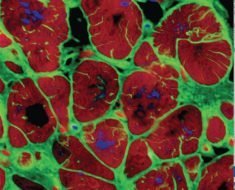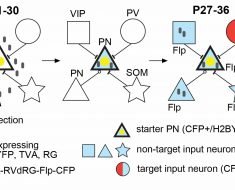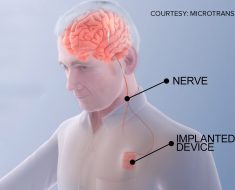Stents have dramatically reduced the incidence of stenosis following percutaneous angioplasty. However, they are also known to restenose within months. Prevention of restenosis therefore depends on several factors:
- Accurate stent placement and expansion, which avoids the occurrence of empty spaces for scar buildup
- Use of targeted treatments to reduce neointimal hyperplasia and restenosis, which include:
- Drug-eluting stents
- Perivascular delivery which delivers the drug into the space around the artery
- Delivery catheters
- Antibody or peptide-linked drugs
- Gene-based therapies
- Cell-based therapies
- Nanoparticle-based drug delivery
- Lifestyle modifications as advised by the cardiologist, including regular exercise, lowering of blood pressure, quitting smoking and cutting down to one drink of alcohol, and a low-fat diet.
- Use of appropriate medication to prevent platelet clots from forming
There are several categories of drugs for restenosis:
- Drugs which inhibit coagulation, such as anticoagulants, antithrombotic agents and antiplatelet agents like clopidogrel and heparin
- Anti-inflammatory agents such as dexamethasone and tranilast
- Drugs which inhibit proliferation and oppose growth factors, such as ACE inhibitors, trapidil, tyrphostin
- Cytostatic drugs which inhibit cell growth, like paclitaxel and rapamycin
- Lipid-lowering agents such as statins
- Antioxidants such as probucol or resveratrol
Vascular brachytherapy
Vascular brachytherapy is another technique used to prevent or treat a restenotic lesion. Here short-range ionizing therapy is used to inhibit neointimal hyperplasia, so as to prevent shrinkage of the arterial lumen after angioplasty. The radiation produces:
- Inhibition of smooth muscle cell proliferation
- Increased number of cells that enter the apoptosis pathway
- Less fibrosis
- Less negative remodeling, or healing which results in a shrunken lumen
Characteristic changes in irradiated vessels include:
- Persistent absence of endothelium over the irradiated part of the vessel
- Fibrin deposition over the bare area
- Inflammatory cell infiltration of the vessel wall
Vascular brachytherapy can be used alone or following angioplasty of a restenotic lesion. This is performed through a special catheter placed for 10 minutes inside the blocked segment, and containing a source of short-term radiation.
References
- http://eurheartj.oxfordjournals.org/content/ehj/21/21/1739.full.pdf
- http://www.radcliffecardiology.com/articles/treatment-stent-restenosis-past-present-and-future?page=9
- http://circ.ahajournals.org/content/105/22/2586.full
Further Reading
- All Restenosis Content
- What is Restenosis?
- Restenosis Causes
- Restenosis Physiology
- Restenosis Treatment
Last Updated: Aug 23, 2018

Written by
Dr. Liji Thomas
Dr. Liji Thomas is an OB-GYN, who graduated from the Government Medical College, University of Calicut, Kerala, in 2001. Liji practiced as a full-time consultant in obstetrics/gynecology in a private hospital for a few years following her graduation. She has counseled hundreds of patients facing issues from pregnancy-related problems and infertility, and has been in charge of over 2,000 deliveries, striving always to achieve a normal delivery rather than operative.
Source: Read Full Article





